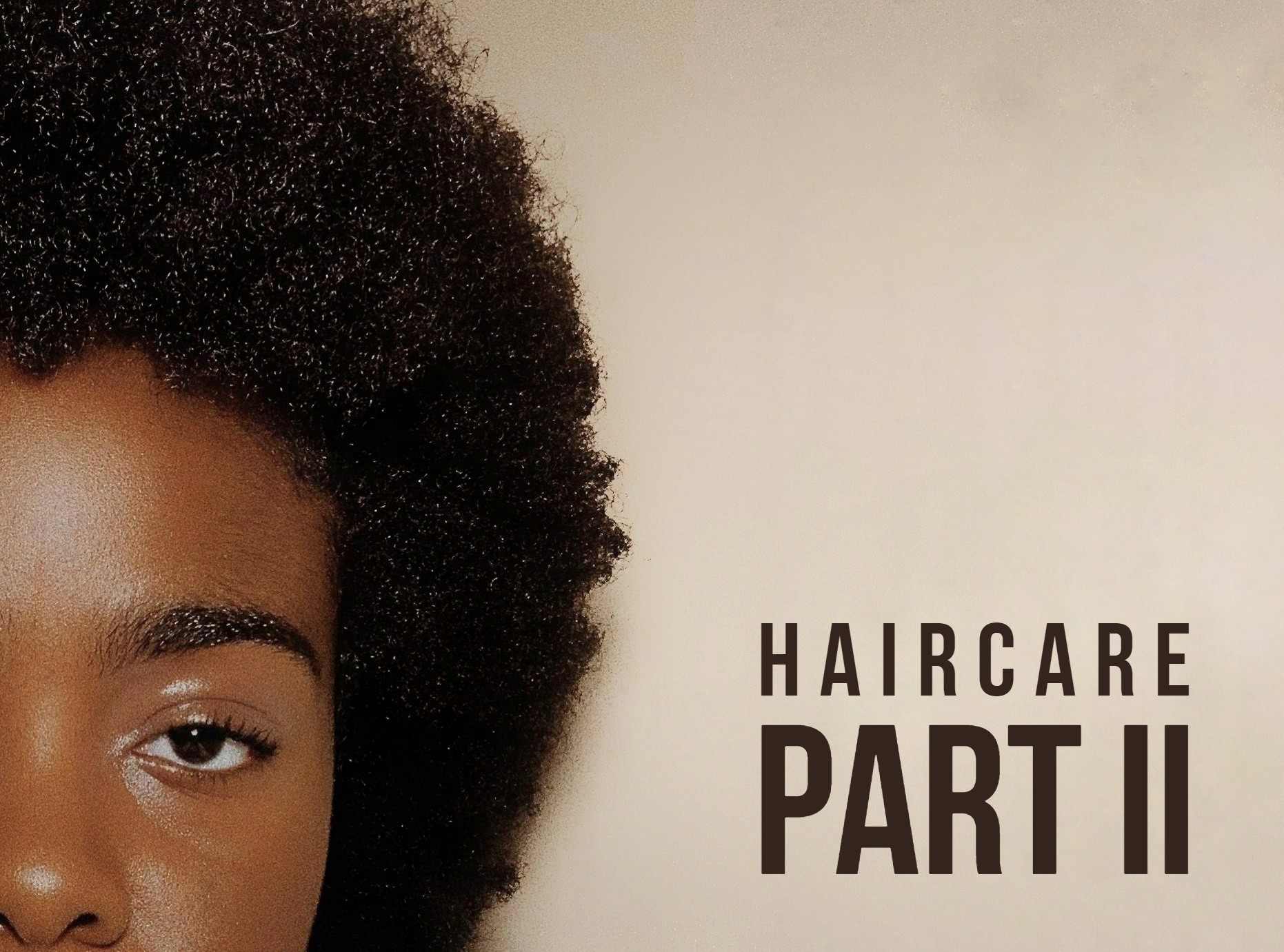According to Healthline.com there are four hair types: Type one, the straight hair type, to type four, which is coily hair. The majority of the natural hair community identifies themselves under the hair type of type three to type four hair. Under these categories there are subsections from A to C to show the pattern type within the strands of the hair. Depending on your hair type, stick to a hair regimen that will support the health of your hair.
When asked about her hair type, Rebecca Solomon, a second-year science student, further explains that it has been difficult to distinguish the category of natural hair that she would fit into. “Over the years, it’s been confusing. With the whole concept of hair typing it’s hard to pick one hair type because I feel like there are different sections of my hair that are different textures.”
Over the years, Solomon has learned to embrace her hair, after being degraded for it in the past. “I have really thick hair compared to some of the people in my family. Usually in my family there are people with loose curls. I used to feel like I wasn’t pretty enough because I had kinkier hair — people at school would call my hair nappy.” This shows the degradation of kinky hair types is anti-Black and rooted in texturism and racism.
The key to natural hair care does not only consist of buying the best products, effective protective styles, or using methods to prevent breakage, however, it is about accepting your hair for how it grows out of your head.
Briyanna James, a second-year sociology student, strongly believes that accepting your hair is a part of the process of your natural hair journey.
“I feel like every Black girl has that moment in their life. My advice would be to just trust the process and eventually you will get to where you need to be.” James describes how she had a hard time appreciating her hair in its natural state and how dealing with shrinkage and “no hang time” like her counterparts from attending predominantly white schools would diminish her self-esteem.
“I remember, one time I had a tournament and I asked my mom if I could straighten my hair because I wanted to be like them and I wanted to feel as pretty as them and be able to put my hair in a messy bun.”
Afterwards, she learned to “love her crown” and advised that people within the natural hair community must realize that “everyone is different and you can’t look like everybody.” James suggests getting “regular trims, leave-in treatments, minimise time of washing hair, and protective styles” to maintain healthy hair.
Not everyone is on the same journey when it comes to their hair, but when you find what works for you it will become easier to manage it and find methods that will benefit the health of your hair. Just because it isn’t long does not mean it’s not healthy, and just because it takes time to work doesn’t mean it shouldn’t be treated with tender love and care. Learn to celebrate your hair in whatever form, curl, pattern, or style it assumes, and wear it with pride.


